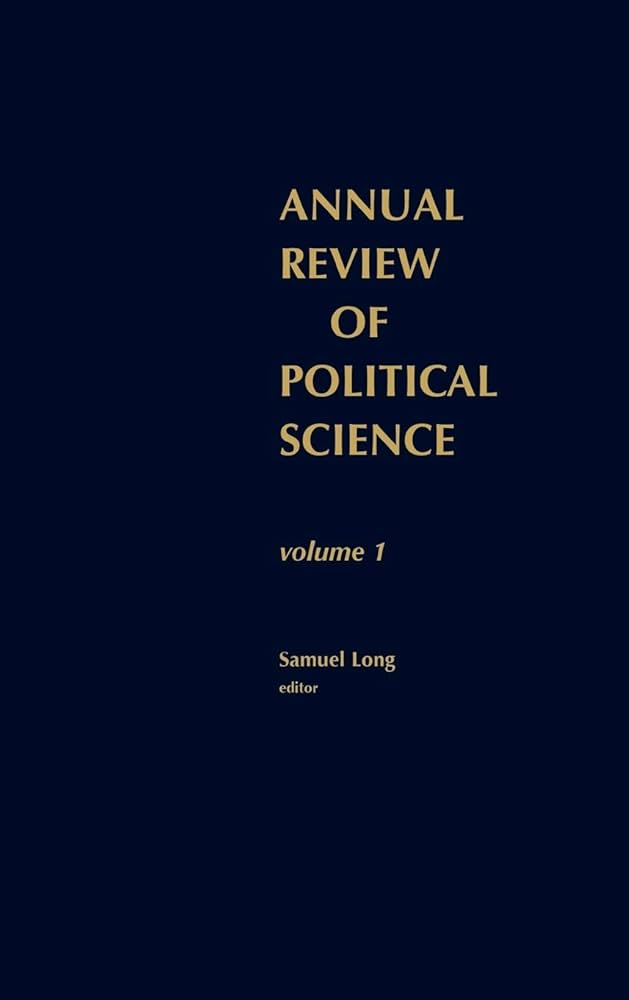变化中的西欧分裂政治
IF 9.5
1区 社会学
Q1 POLITICAL SCIENCE
引用次数: 123
摘要
西欧政治的轮廓是如何变化的?这些转变在多大程度上反映了欧洲政治基础社会和经济结构的变化?在本文中,我们反思了经典文献中关于分裂如何构成政党制度的见解,并思考了新政党和新意识形态冲突的出现和持续如何导致政党竞争分界线的转移和政党制度的碎片化。虽然人们越来越关注所谓的欧洲选举政治的第二次元,但我们强调,对有助于推动这一转变的结构性变化的关注相对有限。我们发现一些社会人口发展可能会在西欧民主国家产生新的分裂:高等教育的扩张;大规模移民和选民的种族多样性日益增加;社会老龄化和代际分化加剧;繁荣、全球化的大城市和衰落的内陆地区之间的人口地理隔离加剧。本文章由计算机程序翻译,如有差异,请以英文原文为准。
The Changing Cleavage Politics of Western Europe
How are the contours of Western European politics shifting? To what extent do these shifts reflect changes in the underlying social and economic structure of European polities? In this article, we reflect on insights from the classic literature on how cleavages structure party systems and consider how the emergence and persistence of new parties and new ideological conflicts are leading to both shifts of dividing lines of party competition and the fragmentation of party systems. While increasing attention has been given to the so-called second dimension of European electoral politics, we highlight the relatively limited focus on structural changes that are helping to drive this transformation. We identify some socio-demographic developments that are potentially generating new cleavages in Western European democracies: the expansion of higher education; mass migration and the growing ethnic diversity of electorates; the aging of societies and sharpening of generational divides; and increased geographical segregation of populations between prospering, globalized major cities and declining hinterlands.
求助全文
通过发布文献求助,成功后即可免费获取论文全文。
去求助
来源期刊

Annual Review of Political Science
POLITICAL SCIENCE-
CiteScore
15.20
自引率
4.60%
发文量
23
期刊介绍:
The Annual Review of Political Science has been published since 1998 to provide comprehensive coverage of critical advancements in the field. It encompasses a wide range of subjects within Political Science, such as political theory and philosophy, international relations, political economy, political behavior, American and comparative politics, public administration and policy, and methodology.
 求助内容:
求助内容: 应助结果提醒方式:
应助结果提醒方式:


